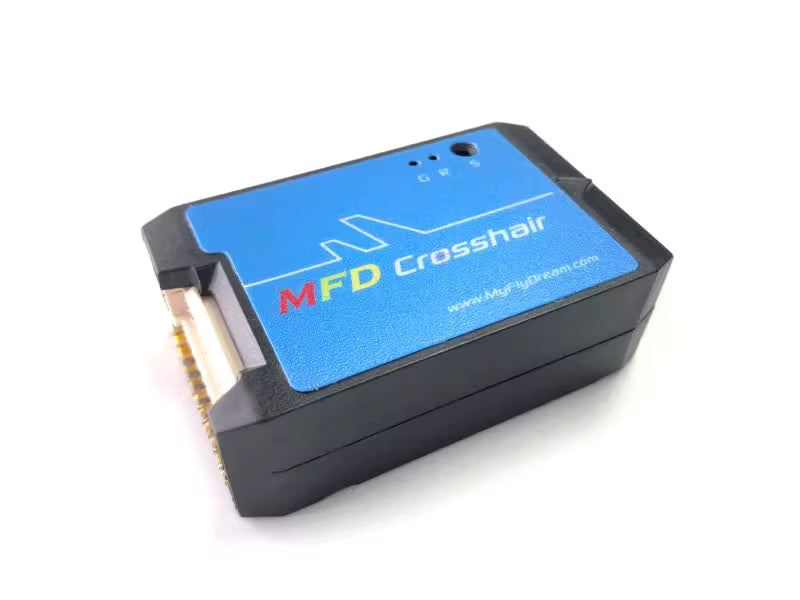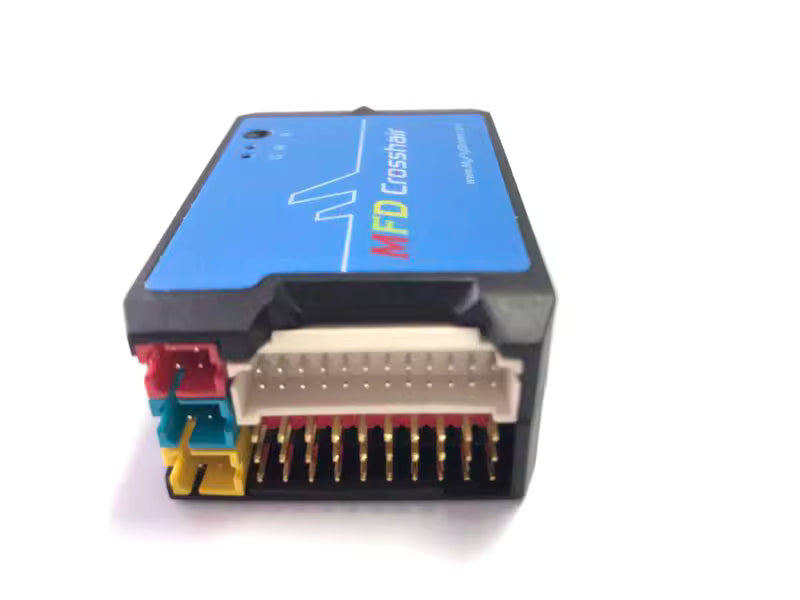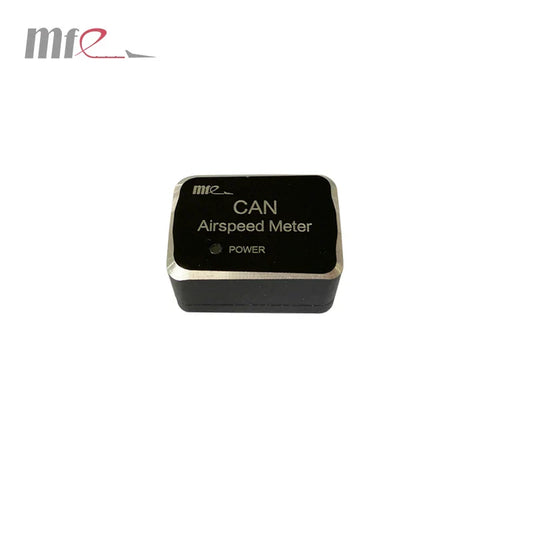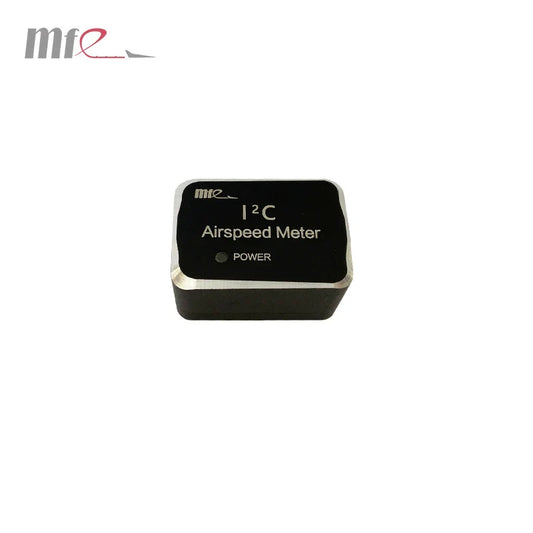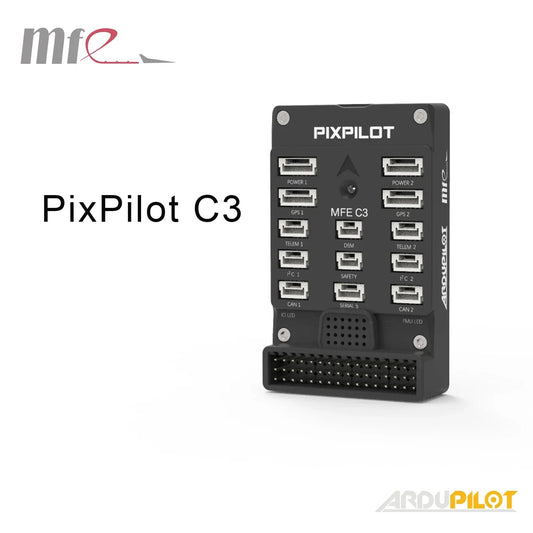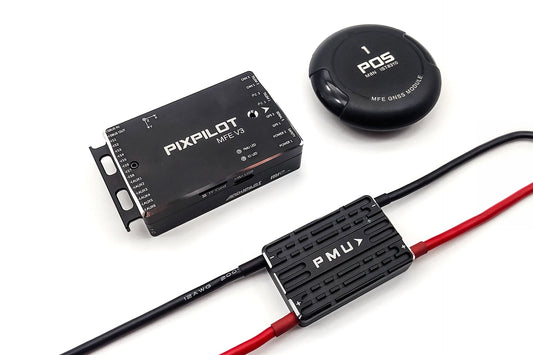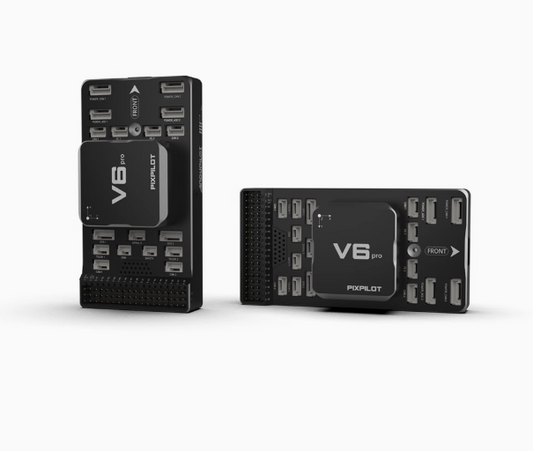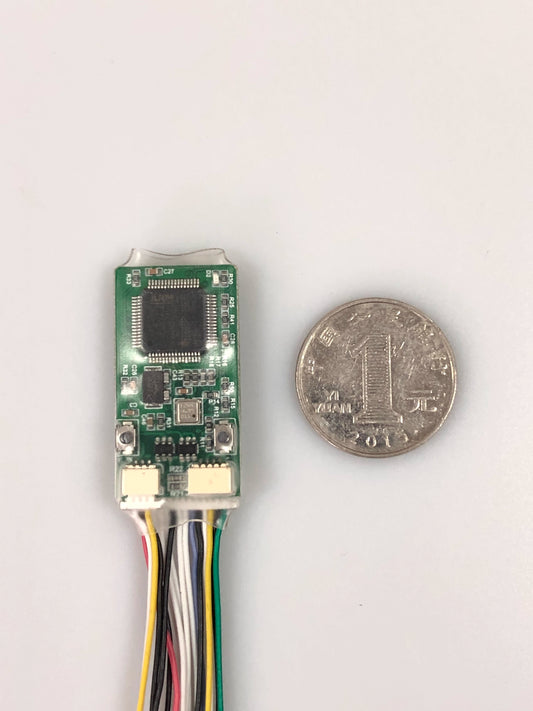1. A high-resolution, color OSD provides a more visually appealing flight interface, graphically displaying flight efficiency and aircraft dynamics, allowing for more precise and coordinated optimization of flight performance. Users can also choose a traditional black-and-white OSD interface.
2. A built-in color video signal generator allows for a black-background OSD interface without an external camera.
3. Support for both Chinese and English menu systems provides enhanced clarity and ease of use.
4. A new cascaded PID control algorithm directly controls the aircraft's roll rate. This results in faster control surface response, more stable flight control, and smoother attitude transitions.
5. Improved stability and compatibility, including resistance to interference from high-power data transmission and compatibility with various cameras.
6. Comprehensive support for the MAVLink protocol. This allows users to use the MFD's ground station software, as well as MissionPlanner's parameter reading/setting, route planning, and point-and-hold functions.
7. Augmented reality displays are introduced, allowing 3D wireframe objects to be rendered within the OSD based on the aircraft's attitude and position. For example, you can display upcoming virtual waypoints on the screen, or use different colored 3D models to indicate the relative position and attitude of a companion aircraft.
8. Precise route flight capabilities. Routes can be planned from the ground station, achieving precise flight on the line. Support for camera shutter trigger control is also available for aerial surveying.
9. Compatible with both new and existing AAT MFDs.
10. Compatible with the upcoming HD image transmission, displaying high-definition 0SD.
11. More precise throttle control, minimized speed fluctuations, and improved flight efficiency.
12. Optimized auto-takeoff function, which activates the motors by shaking the aircraft only during the trigger window, balancing safety and ease of use.
13. Auto-landing function is coming soon.
14. Rich hardware configuration with powerful upgrade and expansion capabilities:
Three high-performance microprocessors handle attitude calculation, flight control, and video signal processing, respectively.
Dual gyroscopes and dual accelerometers provide enhanced reliability.
A new barometer optimizes the performance of hold-altitude flight. It provides seven PWM inputs, with the seventh PWM channel compatible with both PPM and SBUS inputs.
It also provides 10 PWM outputs, providing ample hardware resources for vertical takeoff and landing (VTOL) composite wings, shutter control of aerial camera systems, camera rotation, and more.
In addition to the GPS/data transmission serial port, it also has two additional serial ports for connecting external sensors.
It also supports a CAN-BUS data interface, making peripheral expansion easier.
It supports TF card read/write, allowing for easy access to flight logs and POS files.
Drawer Title
- Choosing a selection results in a full page refresh.

